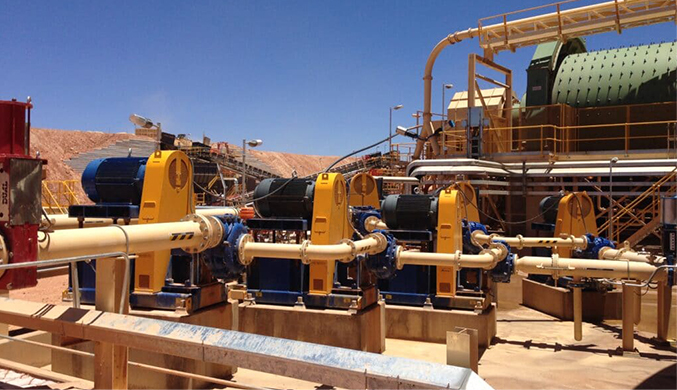English
- Afrikaans
- Albanian
- Amharic
- Arabic
- Armenian
- Azerbaijani
- Basque
- Belarusian
- Bengali
- Bosnian
- Bulgarian
- Catalan
- Cebuano
- Corsican
- Croatian
- Czech
- Danish
- Dutch
- English
- Esperanto
- Estonian
- Finnish
- French
- Frisian
- Galician
- Georgian
- German
- Greek
- Gujarati
- Haitian Creole
- hausa
- hawaiian
- Hebrew
- Hindi
- Miao
- Hungarian
- Icelandic
- igbo
- Indonesian
- irish
- Italian
- Japanese
- Javanese
- Kannada
- kazakh
- Khmer
- Rwandese
- Korean
- Kurdish
- Kyrgyz
- Lao
- Latin
- Latvian
- Lithuanian
- Luxembourgish
- Macedonian
- Malgashi
- Malay
- Malayalam
- Maltese
- Maori
- Marathi
- Mongolian
- Myanmar
- Nepali
- Norwegian
- Norwegian
- Occitan
- Pashto
- Persian
- Polish
- Portuguese
- Punjabi
- Romanian
- Russian
- Samoan
- Scottish Gaelic
- Serbian
- Sesotho
- Shona
- Sindhi
- Sinhala
- Slovak
- Slovenian
- Somali
- Spanish
- Sundanese
- Swahili
- Swedish
- Tagalog
- Tajik
- Tamil
- Tatar
- Telugu
- Thai
- Turkish
- Turkmen
- Ukrainian
- Urdu
- Uighur
- Uzbek
- Vietnamese
- Welsh
- Bantu
- Yiddish
- Yoruba
- Zulu
Telephone: +86 13120555503
Email: frank@cypump.com
Nov . 06, 2024 03:06 Back to list
Self-Priming Sewage Pumps for Efficient Wastewater Management Solutions in Modern Applications
Self-Priming Sewage Pumps An Overview
In the world of sewage management and wastewater treatment, self-priming sewage pumps have emerged as vital components for efficient and effective operations. Unlike traditional pumps that require a prime source of water to function, self-priming pumps are designed to create their own vacuum, enabling them to draw in fluids and discharge them even when submerged in sewage. This unique capability makes them particularly valuable in a range of applications, from municipal sewage systems to industrial wastewater management.
The Mechanism Behind Self-Priming Pumps
Self-priming sewage pumps utilize a specific design that allows them to function without an external priming process. At the heart of their operation is the impeller, a rotating component that generates the necessary suction to draw liquid into the pump. When the pump is initially filled with fluid, the impeller spins, creating a vacuum that forces air and fluid through the suction line. The design also incorporates a special casing that facilitates rapid air separation, allowing the pump to regain prime quickly after it has lost it due to changes in fluid level or other disturbances.
This automatic priming feature greatly reduces the time and effort needed for maintenance. Traditional sewage pumps often require manual intervention to prime the pump, which can be both labor-intensive and time-consuming. In contrast, self-priming models eliminate this hassle, making them ideal for applications where accessibility may be limited or where continuous operation is crucial.
Applications and Advantages of Self-Priming Sewage Pumps
Self-priming sewage pumps are widely used across various sectors, including
1. Municipal Wastewater Systems These pumps play a crucial role in transporting sewage from homes and businesses to treatment facilities. Their ability to handle a mix of solid waste and liquids makes them suitable for sewer lift stations.
2. Industrial Facilities Many industries produce wastewater that contains solids, chemicals, or other contaminants. Self-priming pumps can effectively transport these mixtures without clogging or damaging the pump.
self priming sewage pumps

3. Construction Sites During construction, water and sewage may accumulate on-site due to rain or other activities. Self-priming sewage pumps can quickly remove this waste to keep the site safe and operational.
4. Flood Control In areas prone to flooding, self-priming pumps can be deployed to remove excess water effectively. Their quick setup and operation are beneficial in emergency situations.
The advantages of self-priming sewage pumps extend beyond their operational capability. They often feature robust materials that resist corrosion and wear, extending the pump's life and reliability. Additionally, these pumps are designed to handle various debris sizes, reducing the risk of blockages and the need for frequent maintenance.
Key Considerations
When selecting a self-priming sewage pump, several factors should be considered. The pump’s capacity, including flow rate and head pressure, should match the specific needs of the application. Additionally, understanding the type of materials the pump will encounter is crucial; some pumps may be more suitable for solids-laden fluids than others.
Energy efficiency is another vital aspect. Pump technology has advanced significantly in recent years, leading to the development of models that consume less power while delivering superior performance. Opting for an energy-efficient pump can result in significant cost savings over time.
Conclusion
Self-priming sewage pumps represent a significant advancement in wastewater management technology. Their ability to operate independently, with minimal maintenance, makes them indispensable in various applications. Whether serving municipalities or industrial operations, these pumps ensure the efficient movement of sewage and wastewater, ultimately contributing to public health and environmental protection. With continued advancements in design and technology, self-priming sewage pumps will remain a cornerstone of effective sewage management for years to come.
-
Horizontal Split Case Pump with GPT-4 Turbo | High Efficiency
NewsAug.01,2025
-
ISG Series Pipeline Pump - Chi Yuan Pumps | High Efficiency, Durable Design
NewsAug.01,2025
-
Advanced Flue Gas Desulfurization Pump with GPT-4 Turbo | Durable & Efficient
NewsJul.31,2025
-
ISG Series Vertical Pipeline Pump - Chi Yuan Pumps | Advanced Hydraulic Design&Durable Construction
NewsJul.31,2025
-
ISG Series Vertical Pipeline Pump - Chi Yuan Pumps | Energy Efficient & Low Noise
NewsJul.31,2025
-
pipeline pump - Chi Yuan Pumps Co., LTD.|High Efficiency&Low Noise
NewsJul.31,2025










